
AT THE RISK of stating the obvious, it has been a difficult couple of years. Very few of us have remained unaffected by the consequences of Covid-19; many people have lost loved ones or livelihoods. Certainly, for most of 2020, my normal day-job of filming British wildlife for The One Show all but disappeared, and my daily wild fix became limited to short walks close to home.
Initially, with my wings clipped, I couldn’t shake the feeling that I was missing out, but the simple act of taking my foot off the accelerator meant that I suddenly had time to appreciate the botanical wonders just beyond my doorstep. Lockdown, as it happened, came with the silver lining of reigniting my long-buried passion for plants, turning what was the worst of times into some of the very best of times.
In those early days of confinement, as I paused to identify and observe the forgetme-nots and violets I’d been blithely walking past for years, I was hit with a preposterous notion. Could I attempt to see 1,000 wild plants in just 12 months? Once the idea had taken root, I couldn’t stop it from growing. And so it was that 2021 became my big botanical year.
Denne historien er fra April 2023-utgaven av BBC Wildlife.
Start din 7-dagers gratis prøveperiode på Magzter GOLD for å få tilgang til tusenvis av utvalgte premiumhistorier og 9000+ magasiner og aviser.
Allerede abonnent ? Logg på
Denne historien er fra April 2023-utgaven av BBC Wildlife.
Start din 7-dagers gratis prøveperiode på Magzter GOLD for å få tilgang til tusenvis av utvalgte premiumhistorier og 9000+ magasiner og aviser.
Allerede abonnent? Logg på

SNAP-CHAT
Justin Gilligan on giant spider crabs and holding hands with an octopus
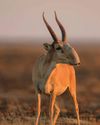
STEPPE CHANGE
Herds of saiga have returned to Kazakhstan, but there's a fine balance to tread
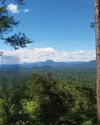
TREES FOR LIFE
Community is at the heart of conservation in the tropical forests of southern Belize
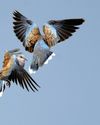
WHEN DOVES CRY
Turtle doves are now the UK's fastest declining bird species, but the RSPB is on a mission to save them

SURVIVAL OF THE CUTEST
We can't help being drawn to cute creatures, but our aesthetic preferences both help and hinder conservation
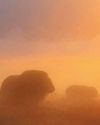
LIGHT ON THE NORTH
Spectacular images of Arctic foxes, reindeer and musk oxen reveal the wild beauty and diversity of Scandinavia
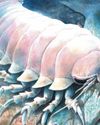
ROLLING IN THE DEEP
The super-sized crustacean that lives in the deepest, darkest ocean
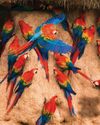
LET'S GET TOGETHER
Clay licks deep in the Amazon explode in a riot of colour, with macaws the stars of the show

FEMALE OF THE SPECIES
To sponge or not to sponge? That is the question for the bottlenose dolphins (Tursiops aduncus) living in Shark Bay, Western Australia.
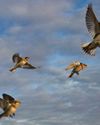
7 nature encounters for the month ahead
WITH NATURALIST AND AUTHOR BEN HOARE